Ox Eye Daisy / Spring / Summer / Edible
A fairly common and easy to identify plant with edible leaves and flowers.
Common Names
Ox Eye Daisy, Dog daisy, Marguerite.
Botanical Name
Leucanthemum vulgare
Scientific Classification
Kingdom – Plantae
Order – Asterales
Family – Asteraceae
Physical Characteristics for Ox Eye Daisy
Leaves
The largest leaves are around the base of the plant, they are 5-15cm long with around 15 teeth or lobes, the leaves get smaller further up the stem.
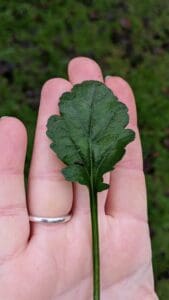
Flowers
Each plant can produce up to 3 flowers, each around 2-6 cm across, it has white ray florets and yellow disc florets.
Stems
The stems are hairy and up to 50cm tall.
Habitat
It’s typically a grassland perennial but it also appears a lot on roadsides and on disturbed ground. It’s native to the UK and Europe but is considered an invasive species in other 40 countries.
Known Hazards
Allergies to members of the Daisy family do occur, usually causing contact dermatitis.
Could be Confused with…
The Shasta daisy (Leucanthemum × superbum) can look similar but the Shasta has larger flowers.
Edible Uses
I think this is one of the best tasting Summer flowering plants, the flowers and leaves are both edible and delicious.
I pickle the unopened flower buds and use them as a caper alternative.
When the flower buds have fully opened they are lovely dipped in a tempura batter and deep fried or they can be simple tossed through a fresh salad.
The leaves have a strong herbal flavour when raw and I add them finely chopped to salads they can also be cooked in a similar way to spinach.
Notes on Herbal Uses
Teas or tonics made from the flowers have been used to treat the common cold, coughs, bronchitis, fever, sore mouth and throat, liver and gallbladder.
Extra notes from the Foragers
The Ox-eye Daisy grows from rhizome fragments and it can be difficult to eradicate. It is therefore a problem in fields where dairy cattle graze, any cows that do eat it produce milk with an undesirable flavour.



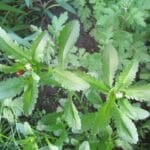


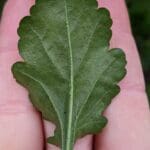
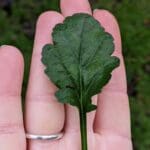
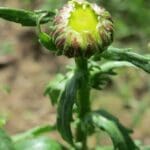
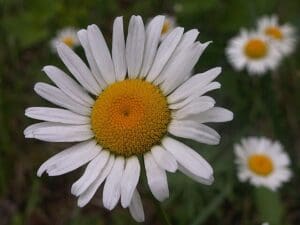



Leave a Reply
You must be logged in to post a comment.